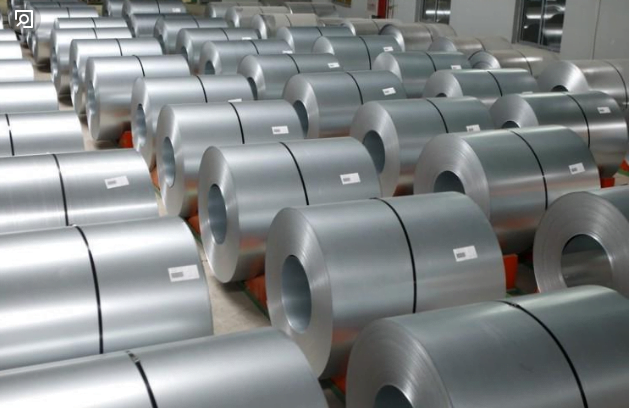Galvano (GPSP,ZS)

TATA GALVANO
Galvano is an offering which addresses the unfulfilled need of quality – conscious customers for an authentic product delivering superior quality consistently.
‘Galvano’, as the name suggests, is Galvanized plain skin pass (GPSP) steel with zero spangles. The offering is available in sheet and coil forms for all customer segments like white goods, panels, bus bodies etc. Galvano™ offers commitment to deliver high performance to meet diverse and stringent needs of the General Engineering Segment. Unlike the ordinary spangled and crushed spangled products available in the market, Galvano is a truly ‘zero spangled’ product with unmatched surface finish and mechanical properties.
Galvano is environmentally safe and economically advantageous. Coating mass on steel and severity of environment to which it is exposed play an important role in deciding the life of Galvanized Steel. While assessing the life of galvanized steel it is important that one takes into consideration the White Rust and Red Rust Resistance aspects of the products.
What is Galvanized Steel ?
Galvanization is the application of a protective zinc coating that prevents the steel substrate from rusting
The zinc protects the steel when they are in physical contact because the zinc preferentially oxidizes (rusts) instead of the steel. This is called galvanic protection, and it is caused by the difference in the two metal’s electrochemical properties.
Galvanized steel strip is extensively used for applications requiring the strength of steel combined with the corrosion resistance of zinc. The coating is typically defined by the chemical composition and the coating weight. Applications of galvanization include roofing and building materials, clean room partitions, consumer appliances, automotive body parts, etc.
Galvanization can be done using an electroplating process, which uses a high electrical differential between the steel strip and a zinc electrode to dissolve the electrode and deposit the zinc on the steel surface. However, hot-dip zinc galvanizing is the most used coating process.
Steel strip is hot dip galvanized via a continuous processing line. A coil of steel is unrolled at the entry of the galvanizing line and the head end of the coil is mechanically attached to the tail end of the previous coil using a welder, so the first coil can pull the next coil through the machine.
Connecting the ends of the coils is then combined with accumulator systems, where multiple loops of the coil can be lengthened or shortened to allow time to make the connection at the entry end or cut out the connection at the exit end. Connecting the ends of the coil and using accumulator systems enables the hot-dip machine to run continuously and feed the annealing furnace and zinc pot without interruptions.
After coming out of the accumulator, the strip is then cleaned and dried prior to being heated in an annealing furnace. Then, the strip travels into a molten zinc bath where it is coated with liquid zinc or one of many other zinc alloys. Air knives, after the zinc bath, control the thickness of the coating by blowing high-pressure air onto both sides of the strip surface to remove excess zinc
For galvanneal coatings, the coated sheet enters an induction furnace section to diffuse the zinc layer into the steel to make preferred iron and zinc alloys that have better bonding and rust preventative properties. The strip then proceeds through a cooler to cool the zinc coating to “harden” it.
Following a top and bottom inspection area, an oiler or chem-coater section, an exit accumulator, and a shear, the now-galvanized strip is coiled and packaged for the customer. An oil or chemical/passivation coating is typically required because freshly galvanized material can develop a defect called white rust, if it is exposed to moisture.
